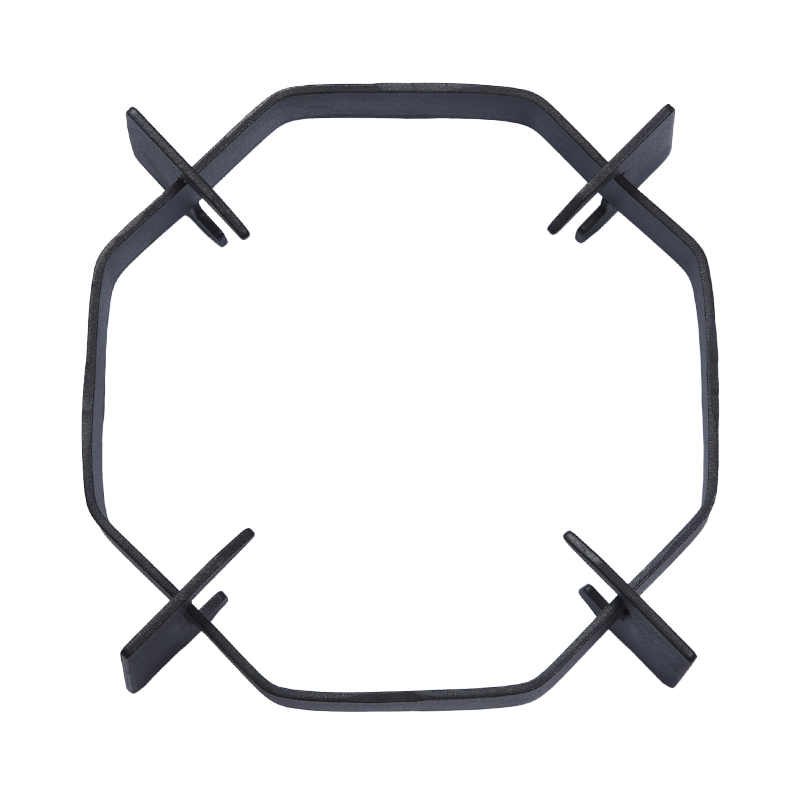Signs of wear and tear to look for in a gas stove support include:
Rust and Corrosion: Rust and corrosion are significant indicators of wear in gas stove supports, especially those made of metal. The kitchen environment, characterized by humidity and exposure to cooking oils and food particles, can accelerate the oxidation process. Rust manifests as reddish-brown flakes, while corrosion can cause pitting and weakening of the metal. It's essential to regularly inspect the support for any signs of rust, particularly in crevices and areas exposed to heat and moisture. Using a rust-resistant coating or opting for stainless steel supports can mitigate this issue. If corrosion is advanced, it compromises the structural integrity, making it unsafe and necessitating replacement.
Bending or Warping: Bending or warping occurs when the support is subjected to excessive weight or prolonged high temperatures, causing it to lose its shape. This deformation can lead to an unstable cooking surface, increasing the risk of spills and accidents. Regularly check the support for any deviations from its original shape by using a straight edge or level. If warping is detected, it is important to address it immediately. Mild warping might be corrected by carefully bending it back into shape, but severe cases require replacement to ensure safe and effective support.
Cracks or Breaks: Cracks or breaks in the material of a gas stove support are serious issues that can arise from material fatigue, thermal stress, or accidental impacts. These defects significantly weaken the support's structural integrity, posing a danger during cooking. Conduct thorough inspections for any visible fractures, especially after incidents that could cause damage, such as dropping heavy cookware. Small cracks can rapidly expand under the stress of cooking, so replacing a cracked support immediately is crucial to maintain kitchen safety.
Discoloration: Discoloration can be an early warning sign of material degradation or exposure to excessive heat. Metal supports might exhibit blueing or blackening, indicating they have been exposed to temperatures beyond their design limits. Plastic supports could show signs of melting or burning. Regularly inspect the support for color changes, especially near the heat source. Discoloration can lead to structural weaknesses, so if it is observed alongside other signs of wear, consider replacing the support to prevent potential failure.
Loose or Wobbly Parts: Stability is crucial for a gas stove support to function safely. Over time, screws, bolts, and other fasteners can loosen due to repeated heating and cooling cycles or mechanical vibrations. Periodically check all connections to ensure they are secure. If any parts are found to be loose, tighten them using appropriate tools. Persistent looseness might indicate worn-out components or an underlying issue with the support's design or installation, necessitating replacement or repair to maintain stability.
Weakening of Joints: The joints and connection points of a gas stove support are critical to its overall strength. Repeated use, thermal expansion, and contraction can cause these joints to weaken. Look for signs such as visible gaps, movement, or deformation at the joints. Applying a high-temperature adhesive or reinforcing the joints can provide a temporary fix, but if the weakening persists, replacing the support is essential to ensure it continues to provide adequate support.
Embedded Gas Stove 4-Claw Support
